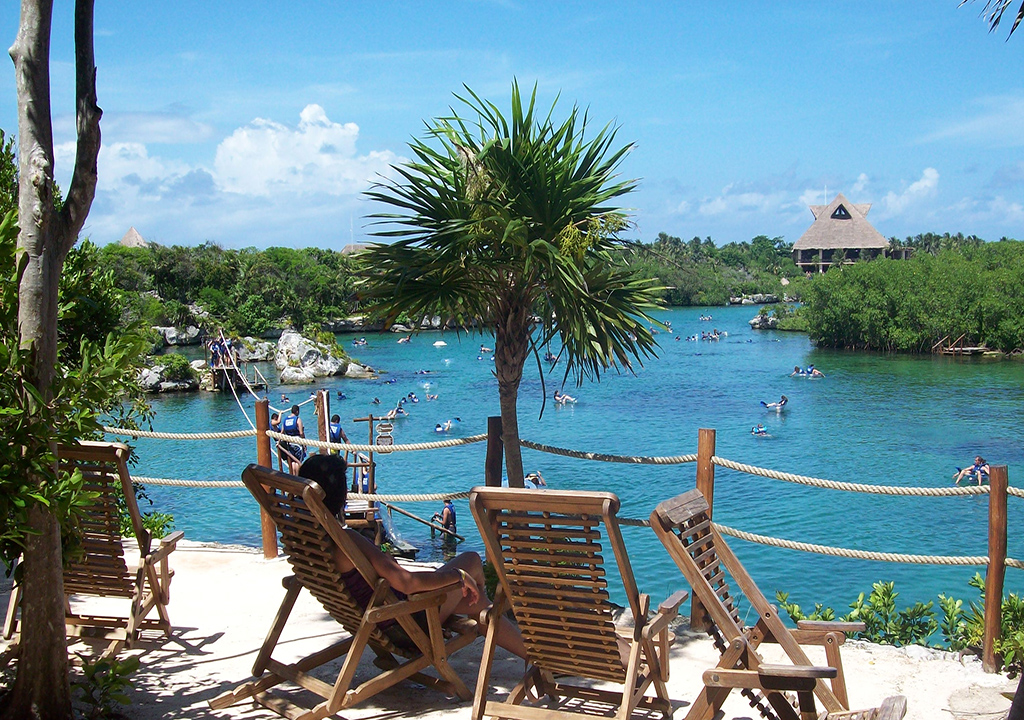Brazilian cuisine is as varied as its geography and culture. Brazil’s national dish is Feijoada, a hearty stew made of black beans, pork (ears, knuckles, chops, sausage) and beef (usually dried). It’s served with rice, garnished with collard greens and sliced oranges. The standard Brazilian set lunch is called prato feito, with its siblings commercial and executivo. Excellent seafood can be found in coastal towns, especially in the Northeast. Brazilian snacks, lanches (sandwiches) and salgadinhos (most anything else), include a wide variety of pastries, coxinha(deep-fried, batter-coated chicken), and pastel (fried turnovers). Another common snack is a misto quente, a pressed, toasted ham-and-cheese sandwich. Pao-de-queijo, a roll made of manioc flour and cheese, is very popular, especially in Minas Gerais state. The above coupled with a cup of fresh Brazilian coffee is a classic combination
Churrasco is Brazilian barbecue, and is usually served “rodizio” or “espeto corrido” (all-you-can-eat). Black beans stew (feijao ou feijoada) is also very popular, particularly in Rio de Janeiro, where most restaurants traditionally serve the dish on weekends. It comprises black beans cooked with pork meat accompanied by rice and farofa (manioca flour with eggs) and greens fried with garlic. Mineiro is the “miner’s” cuisine of Minas Gerais, based on pork and beans, with some vegetables. Dishes from Goias are similar, but use some local ingredients such as pequi and guariroba. Minas Gerais cuisine if not seen as particularly tasty, has a “homely” feel that is much cherished. The food of Bahia, on the northeast coast has its roots across the Atlantic in East Africa and Indian cuisine. Coconut, Palm Oil, hot peppers, and seafood are the prime ingredients. Pizza is very popular in Brazil. Middle-eastern and Arab (actually Lebanese) food is widely available. Sao Paulo’s Japanese restaurants serve up lots of tempura, yakisoba, sushi and sashimi.
Beer in Brazil has a respectable history because of the German immigrants. Most Brazilian beer brands tend to be way less thick and bitter than German, Danish or English beer. The most popular domestic brands are Brahma, Antarctica, and Skol. Traditional brands include Bohemia, Caracu – a stout -, Original and Serra Malte – another stout -, they are easily found in bars and are worth trying but are usually more expensive than the popular beers. There are also some national premium beers that are found only in some specific bars and supermarkets; one may search for Baden Baden, Colorado, Eisenbahn, Petra, Theresopolis and others. There are also some international beers produced by national breweries like Heineken and Stella Artois and have a slightly different taste if compared with the original beers.





